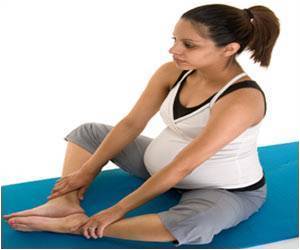By stopping the Unnecessary excitability in nerve cells that supply the muscles of the leg, restless legs syndrome can be treated. This syndrome is well known to cause irresistible urge to move the legs.

‘By targeting the way messages are sent between nerve cells to reduce the number of messages to normal levels, may help prevent RLS from occurring.
’





RLS is a common condition of the nervous system that causes an overwhelming, irresistible urge to move the legs. Patients complain of unpleasant symptoms such as tingling, burning and painful cramping sensations in the leg. More than 80% of people with RLS experience their legs jerking or twitching uncontrollably, usually at night.Until now it was thought that RLS is caused by genetic, metabolic and central nervous system mechanisms. For the first time the researchers show that, in fact, it is not only the central nervous system but also the nerve cells targeting the muscles themselves that are responsible.
This new research indicates that the involuntary leg movements in RLS are caused by increased excitability of the nerve cells that supply the muscles in the leg, which results in an increased number of signals being sent between nerve cells.
Targeting the way messages are sent between nerve cells to reduce the number of messages to normal levels may help prevent the symptoms of RLS occurring. This could be achieved by new drugs that block the ion channels that are essential for the communication between nerve cells.
The research conducted by the University of Gottingen in conjunction with the University of Sydney and Vanderbilt University involved measuring the nerve excitability of motor nerve cells of patients suffering with RLS and healthy subjects.
Advertisement
Dirk Czesnik, the corresponding author of the study, commented on the findings:
Advertisement
Source-Eurekalert











